Welcome!
1925 – Our 100th Year – 2025
St. Mark’s has been “Celebrating God’s Inclusive Love” since 1925. Our joyful and diverse community meets at the intersection of an ancient faith and modern thought, and we invite seekers, questioners and doubters of any religious background (or none).

| MANAGE ONLINE GIVING | COMPLETE YOUR PLEDGE FORM |

| ADULT TICKET |
CHILD TICKET |
DONATION |
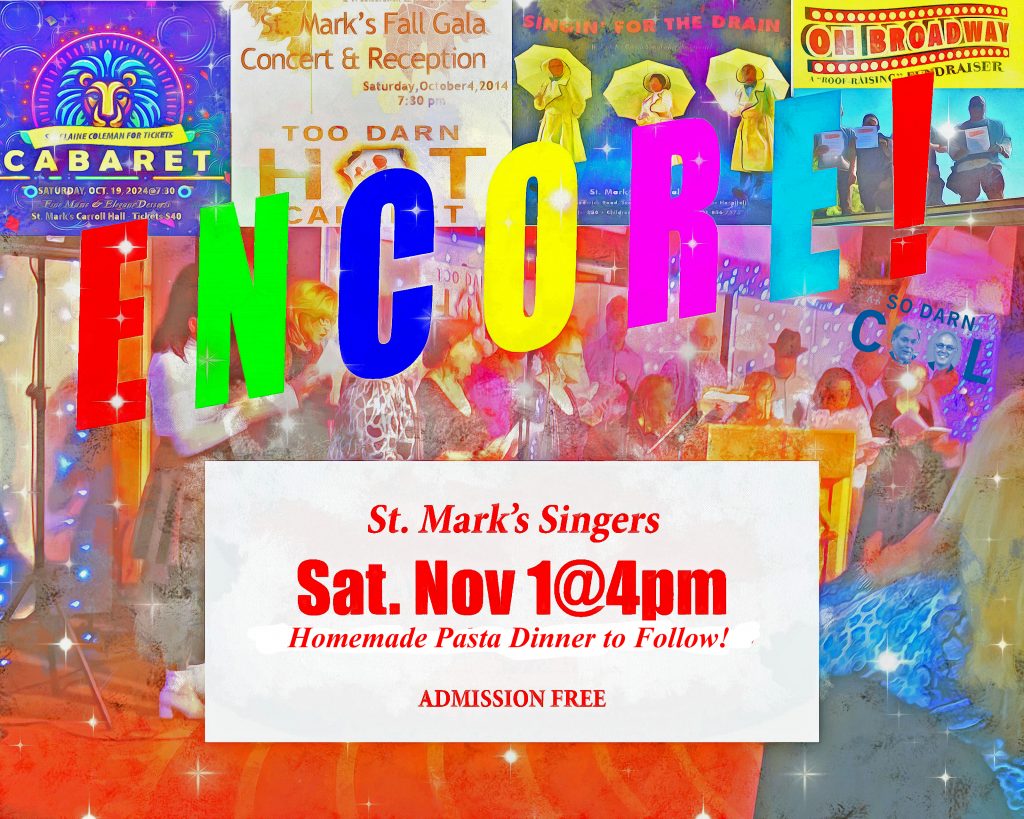
Worship (In Person and Virtual)
- Sundays
- 8:00 a.m. – Holy Eucharist (Communion) simple, no music, in person only
- 10:00 a.m. – Holy Eucharist (Communion) with music and sermon, in person and on Zoom.
- Healing Prayer is offered during Communion
- Child care for babies/toddlers available during the service
- Church School runs concurrently with the 10:00 a.m. service during the school year
- Tuesdays & Thursdays:
- 8:00 p.m. – Compline (Night Prayer) on Zoom
The last prayer of the “Daily Office” these are spoken services of approximately half an hour, with Scripture readings and the opportunity to offer prayers of petition (asking) and thanksgiving. There is no sermon.
- 8:00 p.m. – Compline (Night Prayer) on Zoom
Unable to join us in real time? St. Mark’s worship services are recorded so you can still participate in the prayers, hear the sermon, and enjoy the music. You’ll find the most recent one here, and we invite you to view our archive of recorded services on our YouTube channel.
Short on time? Here are some sermons from our pulpit:
Upcoming Events
-
- Sunday, October 12th – The Eighteenth Sunday after Pentecost
- ONE SERVICE ONLY at 10:00 a.m.
- Stewardship Sunday #2
- “Socktober” Coffee Hour
- Ministry Fair
- Saturday, October 18th
7:00 p.m. – Biennial Caribbean Night dinner dance ADULT TICKET CHILD TICKET - Sunday, October 19th – The Nineteenth Sunday after Pentecost
- Stewardship Sunday #3
- 8:00 a.m. service resumes
- 10:00 a.m. – Youth Leadership Sunday
- Tuesday, October 21st
7:00 p.m. – Vestry meeting (Zoom) - Saturday, November 1st- THE FEAST OF ALL SAINTS
- 4:30 p.m. – Encore a retrospective concert by our choir
- Sunday, November 2nd – All Saints Sunday
- 10:00 a.m. – Solemn Eucharist with “Cloud of Witnesses” table and reading of necrology
- Sunday, November 23rd – The Feast of Christ the King
10:00 a.m. – Episcopal visit by the Rt. Rev. Carlye J. Hughes, Bishop of Newark
- Sunday, October 12th – The Eighteenth Sunday after Pentecost
Here’s What’s Happening
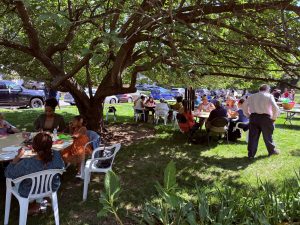 “Start-Up Sunday” Welcomes Back Choir, Picnic on Lawn - September 14th was "Start-Up Sunday" when we welcome back our choir and the 8 a.m. service resumed after the summer hiatus. Joan illustrated today's Gospel reading with help from kids big and small. After the service we marked the beginning of the program year with a picnic on the lawn,… …
“Start-Up Sunday” Welcomes Back Choir, Picnic on Lawn - September 14th was "Start-Up Sunday" when we welcome back our choir and the 8 a.m. service resumed after the summer hiatus. Joan illustrated today's Gospel reading with help from kids big and small. After the service we marked the beginning of the program year with a picnic on the lawn,… …“Start-Up Sunday” Welcomes Back Choir, Picnic on Lawn Read More »
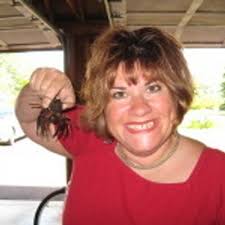 Embracing Neurodiversity: Jewels Quelly’s presentation on the BOOST Task Force - Diocesan tasks force uplifts neurodiverse people and their caregivers …
Embracing Neurodiversity: Jewels Quelly’s presentation on the BOOST Task Force - Diocesan tasks force uplifts neurodiverse people and their caregivers …Embracing Neurodiversity: Jewels Quelly’s presentation on the BOOST Task Force Read More »
 Speakeasy Party Sizzles our Centennial Summer - Prohibition-era dance party featured music, beverages and costumes from the year of our birth …
Speakeasy Party Sizzles our Centennial Summer - Prohibition-era dance party featured music, beverages and costumes from the year of our birth …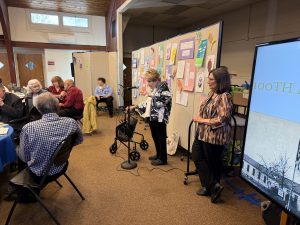 Summer Sunday Conversations - St. Mark's is pleased to bring back Summer Sunday Conversations. This series of conversational forums held after the service offer the opportunity to learn about some of the causes and organizations about which our parishioners are passionate. July 13 – Family Promise of Bergen County Paul Shackford, President of the Board… …
Summer Sunday Conversations - St. Mark's is pleased to bring back Summer Sunday Conversations. This series of conversational forums held after the service offer the opportunity to learn about some of the causes and organizations about which our parishioners are passionate. July 13 – Family Promise of Bergen County Paul Shackford, President of the Board… …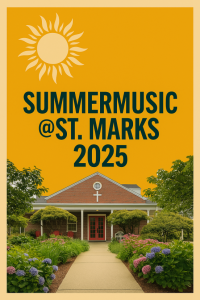 St. Mark’s Again Plans a Summer of Musical Guests - Our choir may have hung up their robes for the summer, but there will be no lack of music at worship during the warm months! St. Mark's is pleased to announce a slate of guest and featured performers to add variety and vitality to our services: July 6 Angela Rodao,… …
St. Mark’s Again Plans a Summer of Musical Guests - Our choir may have hung up their robes for the summer, but there will be no lack of music at worship during the warm months! St. Mark's is pleased to announce a slate of guest and featured performers to add variety and vitality to our services: July 6 Angela Rodao,… …St. Mark’s Again Plans a Summer of Musical Guests Read More »

